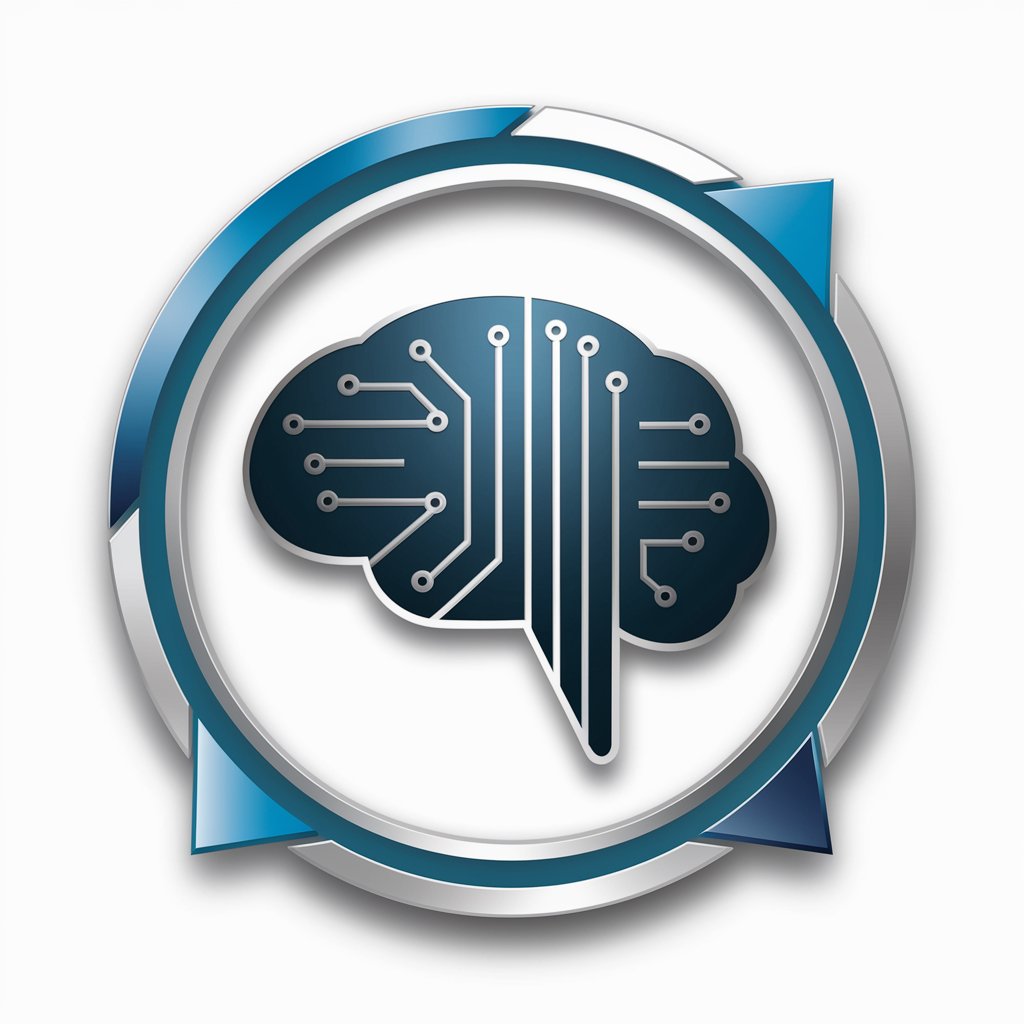Illustrator - online Illustrator tool for vector graphics creation and editing.
Illustrator: Your AI-powered vector design companion!
Get Embed Code
Introduction to Adobe Illustrator
Adobe Illustrator is a powerful vector graphics editor developed by Adobe Inc., primarily used for creating illustrations, logos, icons, typography, and complex artwork for print, web, multimedia, and mobile devices. Unlike raster-based image editors like Photoshop, Illustrator uses mathematical equations to create and manipulate shapes, allowing for infinite scalability without loss of quality. Its intuitive interface and comprehensive set of tools make it a go-to software for graphic designers, illustrators, artists, and anyone needing precise, scalable graphics. For example, a graphic designer may use Illustrator to create a vector logo for a client, ensuring the logo looks crisp and clear at any size, from business cards to billboards. Powered by ChatGPT-4o。

Main Functions of Adobe Illustrator
Drawing and Shape Tools
Example
The Pen Tool, Shape Tools (rectangle, ellipse, polygon, etc.)
Scenario
Graphic designers use these tools to create and manipulate shapes, draw custom illustrations, and design logos or icons. For instance, a designer may use the Pen Tool to trace a sketch and convert it into a scalable vector illustration.
Typography Tools
Example
Type Tool, Character and Paragraph panels
Scenario
Illustrator offers a wide range of text manipulation tools for creating and formatting typography. Designers can use it to design posters, flyers, or create custom fonts. For example, a designer may use the Type Tool to create text-based logos or design magazine layouts.
Color and Effects
Example
Color Swatches, Gradient Tool, Effects panel
Scenario
Users can apply and manipulate colors, gradients, and effects to enhance their artwork. This is essential for creating visually appealing designs, such as posters, advertisements, or digital illustrations. For instance, a digital artist may use gradients and blending modes to add depth and realism to their artwork.
Export and Output
Example
Export options, Print settings
Scenario
Illustrator provides various export options for saving artwork in different formats, including PDF, SVG, EPS, and PNG. Designers can prepare their designs for print or web, ensuring compatibility and high-quality output. For example, a designer may export a vector logo as an SVG file for use on a website, ensuring it scales perfectly on different devices.
Ideal Users of Adobe Illustrator
Graphic Designers
Graphic designers use Illustrator to create logos, illustrations, and other visual elements for branding, marketing materials, and digital content. They benefit from its precise vector tools, typography features, and color manipulation options to bring their creative vision to life.
Illustrators and Artists
Illustrators and artists leverage Illustrator's drawing tools and extensive brush libraries to create intricate illustrations, digital paintings, and artwork. The software's flexibility and scalability allow them to experiment with various styles and techniques, from cartooning to photorealistic rendering.
Web and UI/UX Designers
Web and UI/UX designers use Illustrator to create wireframes, mockups, and user interface designs for websites and mobile apps. Its vector-based approach enables designers to create scalable assets that maintain clarity and sharpness across different screen sizes and resolutions.
Print and Packaging Designers
Print and packaging designers rely on Illustrator to create layouts, packaging designs, and print-ready artwork for brochures, labels, and product packaging. The software's precision and compatibility with printing standards ensure accurate color reproduction and seamless output.

Using Illustrator: Step-by-Step Guide
Visit yeschat.ai for a free trial without login, also no need for ChatGPT Plus.
Go to yeschat.ai and access the Illustrator tool without the need for a login or ChatGPT Plus subscription.
Explore the workspace and tools.
Familiarize yourself with the workspace layout and the various tools available, such as selection, pen, and shape tools.
Create or open a document.
Start a new project or open an existing file to work on.
Design and edit artwork.
Use the tools and features to design, draw, and edit vector graphics, illustrations, and artwork.
Save and export your work.
Save your project and export it in various file formats suitable for print, web, or other platforms.
Try other advanced and practical GPTs
UPA Chat Warrior
Empowering Decisions with AI Insight

Wildly Ambitious - Proteus
Empowering Your Potential with AI

CMA Report Analyst
AI-powered CMA Report Creation

Denver New Build Advisor
Navigating Denver's New Build Homes with AI

Buffett Munger Investing Mentor
Empowering Your Investment Journey with AI

Merger Trader
AI-Powered Merger Prediction Tool

Asistente Profesional de Turismo
Navigate Colombia with AI-powered insights

Meta Budget Master
Optimize Your Ad Spend with AI

Fabrices
Empowering insight with AI

Kazakh Culinary Explorer
Explore and Master Kazakh Cuisine with AI

Cook ToV Checker
Align Your Content with COOK's Heart

Consumer Duty Champions
Navigating Consumer Duty with AI

Illustrator Q&A
How can I create a logo in Illustrator?
To create a logo, start by sketching your ideas, then use Illustrator's vector tools to draw and refine your design. Utilize layers for organization and experiment with typography and colors for the perfect logo.
What is the difference between raster and vector graphics?
Raster graphics are made up of pixels and are suitable for photographs, while vector graphics are made up of paths and are scalable without losing quality. Illustrator specializes in creating vector graphics.
How can I use the Pen tool effectively?
To use the Pen tool effectively, practice creating and adjusting anchor points and paths. Mastering bezier curves and understanding the differences between anchor point types will enhance your precision and control.
What is the purpose of the Appearance panel in Illustrator?
The Appearance panel allows you to view and edit all the attributes applied to an object, including fills, strokes, effects, and opacity. It offers a non-destructive way to modify the appearance of artwork.
How can I prepare artwork for print in Illustrator?
To prepare artwork for print, ensure your document is set to the correct color mode (CMYK), use high-resolution images, convert text to outlines, and include bleed and crop marks if necessary.
